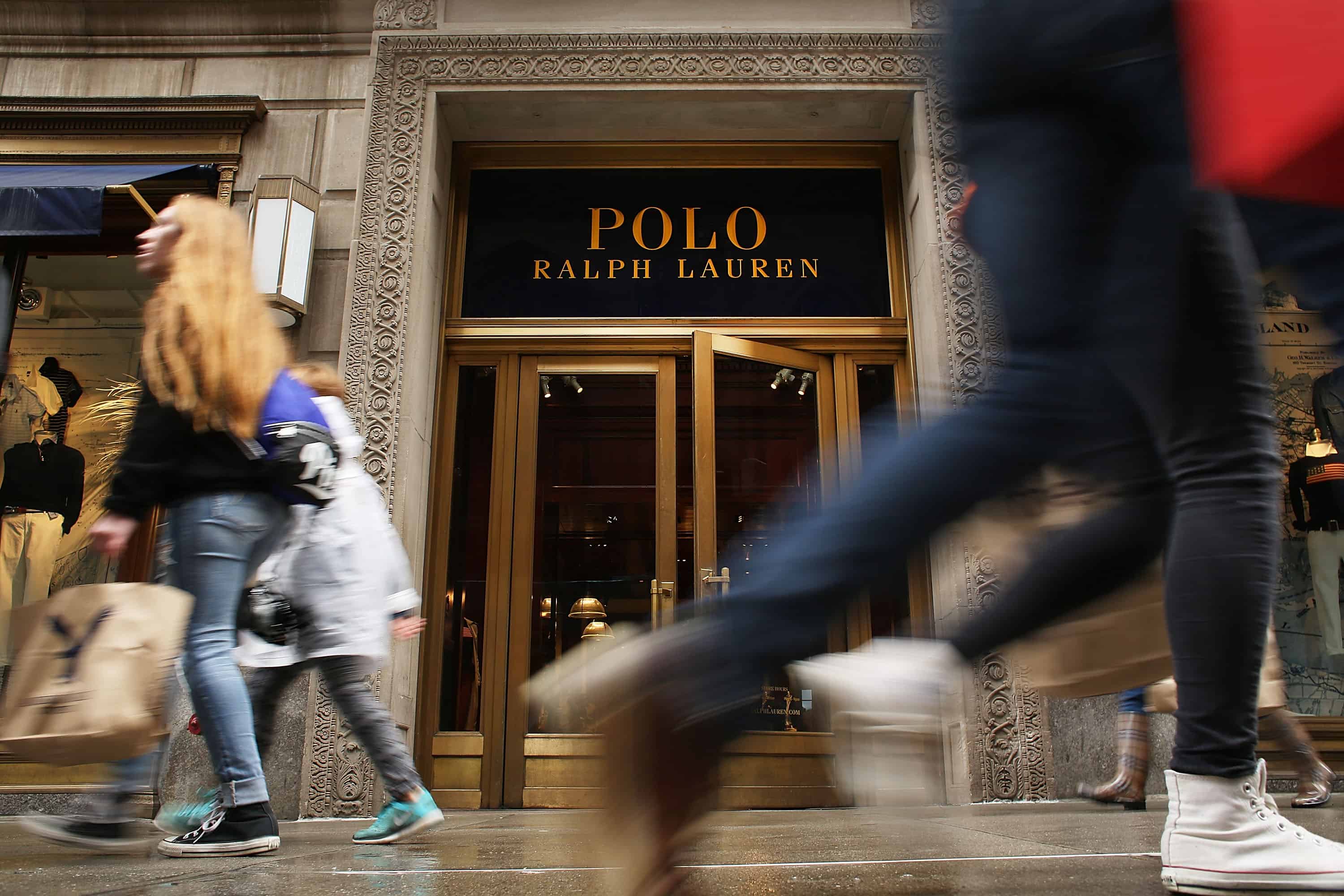The Covid-19 pandemic and the global inflation rates have taken a toll on the retail sector, particularly the luxury goods market, where its impact on countries, categories, and brands in the GCC region has varied.
Luxury brands including Ralph Lauren, Louis Vuitton, Michael Kors, and Chanel added 17–20% markup on their products in 2021.
In fact, the increase in prices was prompted by the adverse effects of the COVID-19 pandemic, which, in addition to the decline in the global supply chain, resulted in labor shortages, high import restrictions, rising jet fuel prices for shipments, and heightened buyer-supplier inequalities, all of which contributed to a price increase.
With the rising cost of raw materials and labor, experts predict that price rises will continue until 2022.
“The rising of fuel prices, labor costs, shipping costs, and other factors contributed to higher inflation rates in the GCC, which reflects what the consumer may not purchase. However, just because there is inflation doesn’t mean that people aren’t spending, but they are spending differently”, says Business Expert Kate Hardcastle.
Spending on luxury items is at an all-time high
Unlike generic products, luxury goods companies benefit from having more pricing. Consumers are willing to pay higher prices as long as the brands continue to deliver the values they desire—exclusivity, superiority, status, heritage, tradition, or legacy. It’s an emotional connection that helps preserve the long-term brand equity and the desirability of these brands in the mind of a luxury consumer.
Despite the persisting hurdles caused by COVID-19 and the global inflation rates, analysts appeared confident that revenues would exceed pre-pandemic levels in 2022.
Consultancy firm Bains & Company predicts that sales would rise from US$ 317 bn in 2021 to between US$ 336 bn and US$ 347.5 bn in 2022, after increasing by 4% between 2019 and 2021.
However, the question of who is spending what and where looks very different from 2019. For example, GCC residents who used to spend their money in Paris and the UK are now paying it in their nation on luxury products. With travel and social gatherings restrictions in many parts of the world, this shift will likely last another year and eventually become normal.
Is the GCC luxury sector immune from inflation?
A company’s ability to pass on cost inflation or even price ahead of inflation has to do with the level of commoditization of its product and perhaps the industry’s market structure.
Changes in tourism flows significantly impacted the luxury market in 2020 and the first few months of 2021. In the UAE, where visitors account for up to 60% of this market, continued COVID-19 travel restrictions have quickly wiped off a sizable chunk of spending power.
In April 2021, consultancy firm Bains & Company reported that the GCC luxury goods market declined 16.6 percent year on year to $7.4 billion in 2020, with Saudi Arabia down 8 percent and the tourist-dependent UAE declining 25 percent.
However, The GCC luxury retail sector has recovered to pre-pandemic levels, with high-end brands performing exceptionally well, as the tourism sector is back to recovery and tourists’ shoppers splash the cash, they saved by not spending on entertainment or travel during the last year.
According to Kristina Likhovid, Head of Intelligence at Chalhoub Group, given the fast-paced environment we live in, and the rapid changes caused by Covid-19, as well as the rise in inflation, debt, and income inequality, the luxury industry in the GCC, is experiencing strong growth and closed 2021 above pre-pandemic levels, mainly driven by an acceleration in high-end fashion and jewelry, with prestige beauty showing steady growth.
“In 2022, the GCC luxury market will continue to grow strongly, with high-end fashion leading the trend, followed by prestige beauty and jewelry,” she told TRENDS. “Consumers indicate a higher desire to shop for luxury items in the region, looking for novelty and inspiration,” she added.
Likhovid pointed out that the UAE luxury market has grown rapidly over the years, and it is currently crowded both offline and online. The competition intensified during COVID with new online launches and heightened consumer expectations both online and offline.
“Given the dynamics of the region, the UAE luxury market is one of the most developed in terms of global luxury brand presence, intricate retail landscape, active and localized brand campaigns, and events,” she continued. “The UAE luxury industry is expected to increase steadily in 2022, boosted by the Expo 2020 effect in the first quarter and GCC regional tourism (especially Saudi visitors) for the remainder of the year.”

